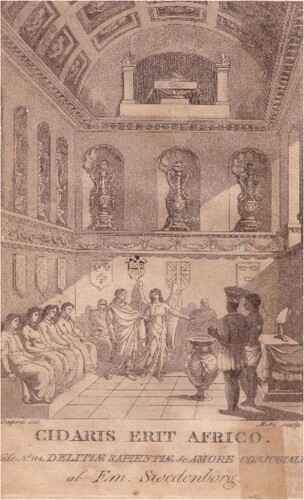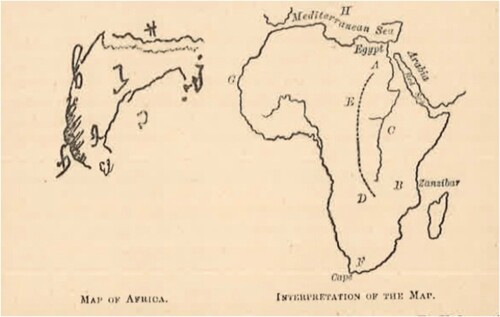Figures & data
Figure 1. Double Portrait of Carl Bernhard Wadström and prince Peter Panah of Cape Mesurado (now Monrovia, Liberia) by abolitionist painter Carl Frederik von Breda, London, 1789. Wadström points to Swedenborg’s Sapientia Angelica de Divina Providentia (1764, Amsterdam). Oil on canvas, Nordic Museum, Stockholm.
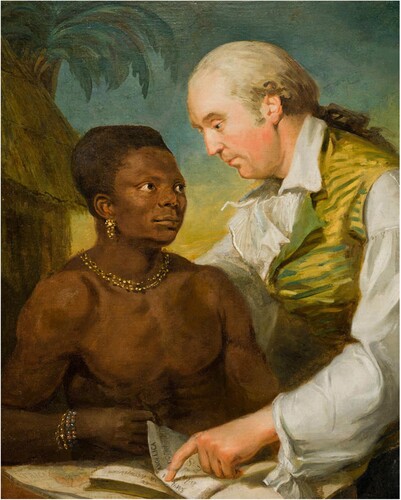
Figure 2. White and striped garments amongst the Christians of Congo as described by Swedenborg. Watercolour on paper by Bernardino d'Asti, The Missionary Administers Baptism Outdoors, c. 1750, 19.5 × 28 cm. Turin: Biblioteca Civica Centrale (MS 457, f. 7r). Photo: Settore Sistema Bibliotecario Urbano della Città di Torino, cited in Fromont, “Common Threads”.
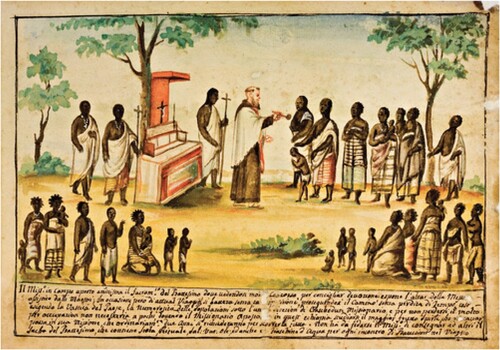
Figure 3. Portrait of Gustav Badin (born Couschi, 1747–1822), the famous African foster-son, confidante, actor, court-servant, and chess-player of the queen Louisa Ulrika of Sweden. Pastel portrait by Gustaf Lundberg, 1775. National Museum, Stockholm.
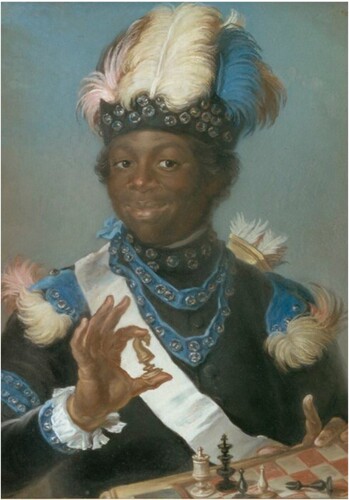
Figure 4. Engraving from the first English edition (1790) of Swedenborg’s De Amore Conjugiali (Amsterdam, 1768), in which African spirits educate Europeans on the nature of true marital love (§113) with the quote “Cidaris erit Africo” (“The tiara shall go to the African”). The Swedenborg Society, London.
